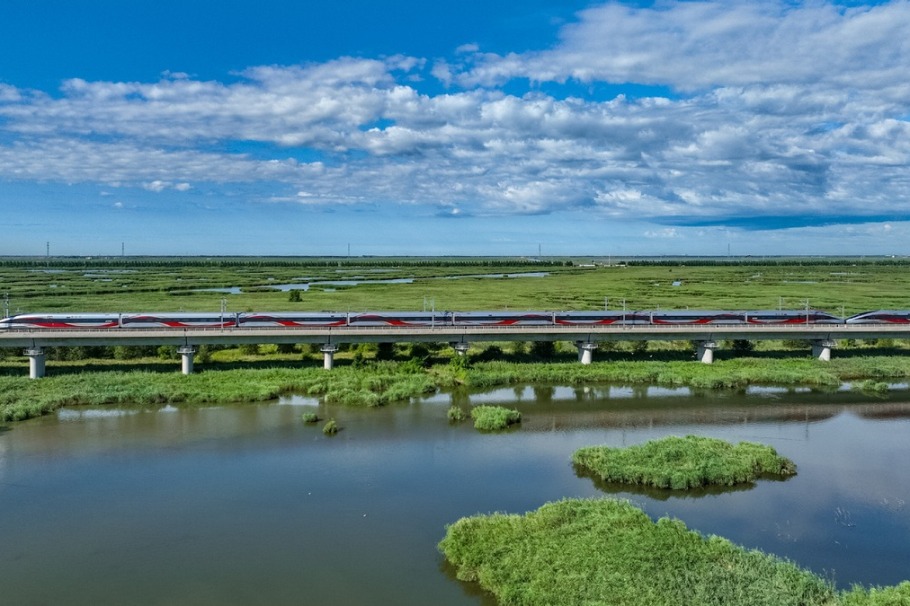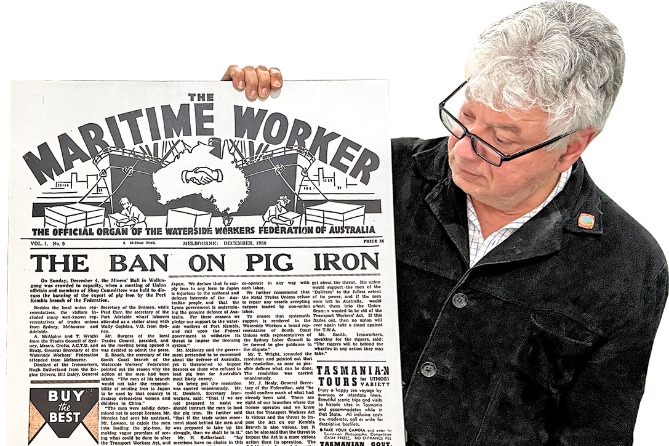Anonymous images open door to the city's past

In addition to the many documents held in the London Metropolitan Archives, chronicling the changing face of the city and its communities through the generations, there is also a significant photographic collection, comprised of pictures gathered or donated from a wide range of sources.
Among these are archive photos of London's two Chinatown communities — the original settlement in Limehouse, near the old London docks, and the rebuilt postwar community in Soho, the formerly disregarded inner city area that has since grown into one of London's most vibrant, colorful and popular destinations.
Most of the photos were taken for purely practical purposes, rather than as any sort of social record, and in many cases the agonizing absence of detail about who took them leaves their origins unclear, but archivist Sharon Tuff told China Daily they still shine light on times and communities that might otherwise be forgotten, and take on new meaning when viewed through 21st-century eyes.
"Particularly in the case of the older photos, there are very few people — it's just topography and geography, as that's generally the purpose of what the photos were being asked to capture," she explains.
"Something like the name of a photographer on the back would be the holy grail, as it would give us some context, but many of the prints are copies of copies, so there's no trace. The 1930s photos of Limehouse were often images acquired by the old London County Council, but the 1970s ones from Soho were from its successor body, the Greater London Council, which had a photographic unit that employed people to go out to take shots, usually for council work purposes."
Despite the fragmented nature of the story that the older images in particular tell, the fact that they exist at all is a connection to a long-gone London past.
"There are very few physical traces left now of the old Limehouse where these communities used to live — I wouldn't say you won't find anything if you go there, but you won't find much", Tuff explains.
"The first Chinese people settled there because it was by the docks, which is how they arrived, but of course the area was bombed in the war, which forced them to move to Soho, and then again after that, when the docks shut down in the 1970s and 1980s, the whole area was redeveloped."
The photos may not depict many of the Limehouse residents, but they do, however, show its streets and some of the Chinese businesses in the neighborhood, as do residential records, underlining the importance of the area as the birthplace of what has gone on to become a thriving Chinese community in London, whose annual New Year celebrations are now a huge tourist attraction.
"The 1970s photos from Soho are busier and show more of everyday life than the Limehouse ones, because it's always been a livelier area, with businesses and tourists, so there's more incidental movement and activity," Tuff explains.
The advance of technology may also have played a role in dictating what was included and what was left out of the photos, many of which can now be seen on the London Picture Archive website.
"Before digital, in the 1970s you would take a lot of photos because you couldn't check that you had the perfect shot, so you'd take more to be sure," Tuff explains. "In the 1930s, you were probably more economical, so you'd want the best shot you could find, and might take your time until people were out of the way."
In the modern world, an archive might seem like the most appropriate place for something as dated as hard copy prints, but this only serves to highlight their timelessness.
"Technology moves on, you might have all those images on your phone, but they could become inaccessible unless you actively do something about them," says Tuff.
"One of the challenges going forward is how we continue to collect representative material, a record of the changing face of London and the people who live here, so we need to keep archiving, so in 100 years' time, there isn't a big gap of inaccessible images. The questions we face now show just why these old prints are so important and why they still matter all these years later."

Today's Top News
- AI powering China's industrial evolution
- Tech innovation propels nation's industrial future
- Chengdu World Games concludes amid wide acclaim
- Trump, Putin say Alaska meeting 'constructive'
- China, India to?start new round?of consultations
- Healthy China-India relations good for regional development and stability





























